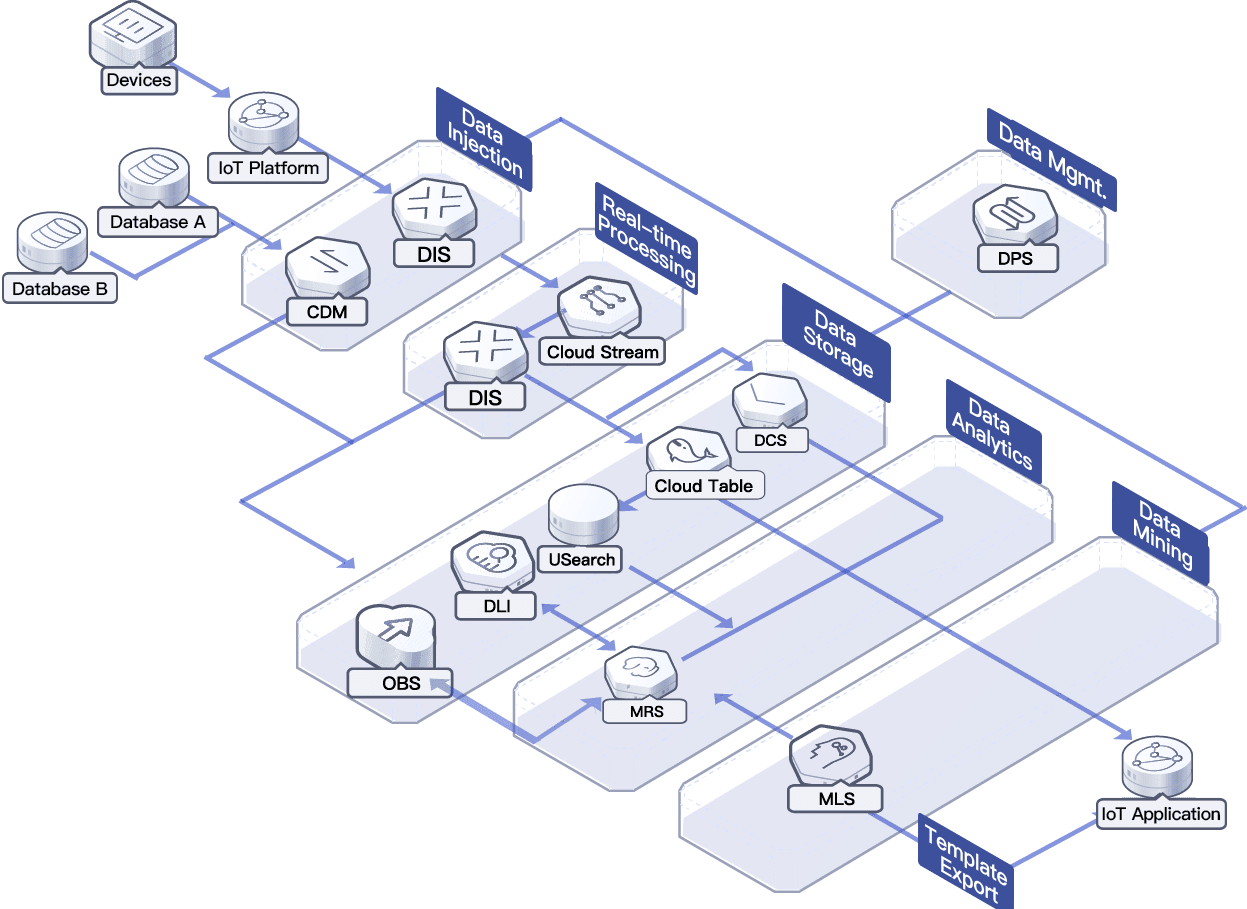Industry Trends
IoT Development Trends
IoT has become a key enabler of digital transformation across industry verticals. Given the increased investment in and maturity of the technology, applications of IoT in connected vehicles, public utilities, and industrial manufacturing are expected to enter a new realm of integration and promotion.
- · Connected vehicle
The connected vehicle field is gradually evolving, from initial use only in high-end vehicles, to inclusion as a standard service in most modern vehicle models. Leading automobile manufacturers are engaged in exploring greater involvement in mobility services, while governments step into connected vehicle supervision. A notable example of this is China's regulations on new energy vehicles.
- · Public utilities
The continued application of IoT will greatly improve public utility operations, with smart metering and environmental monitoring seeing rapid maturation.
- · Industrial manufacturing
IoT has become a necessity for industrial manufacturing enterprises transforming from producers to service providers. As a result, IoT is the focus of many pilot projects, many of which target remote O&M, as well as improved O&M efficiency and onsite labor costs.

Typical Scenarios

Introduction
The reference architecture of IoT big data can be unified to help customers quickly gain insights into IoT data.
Benifits
Introduction
Rich infrastructure as a service (IaaS) and platform as a service (PaaS) layer services facilitate quick creation of IoT applications.
Benifits
Related Services

